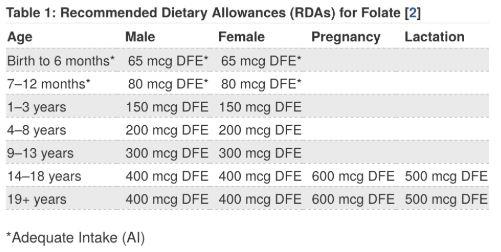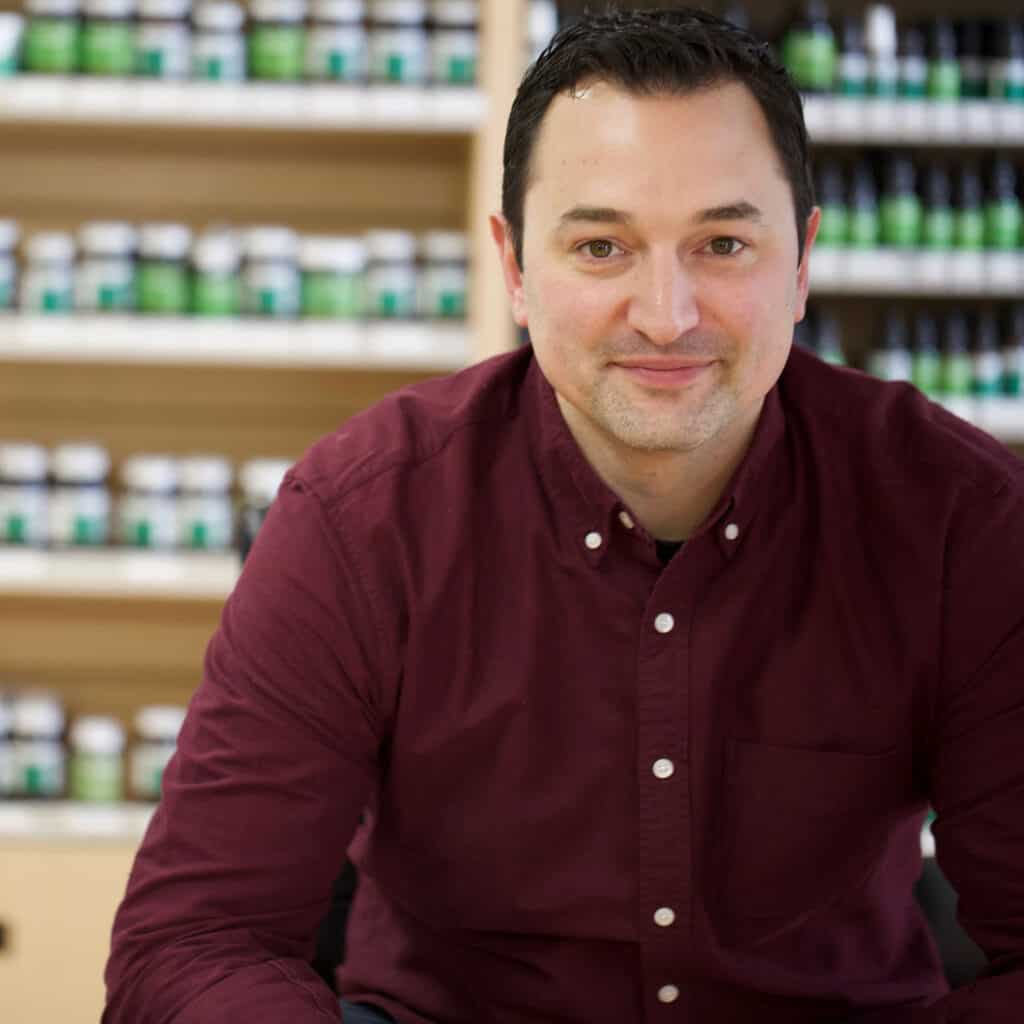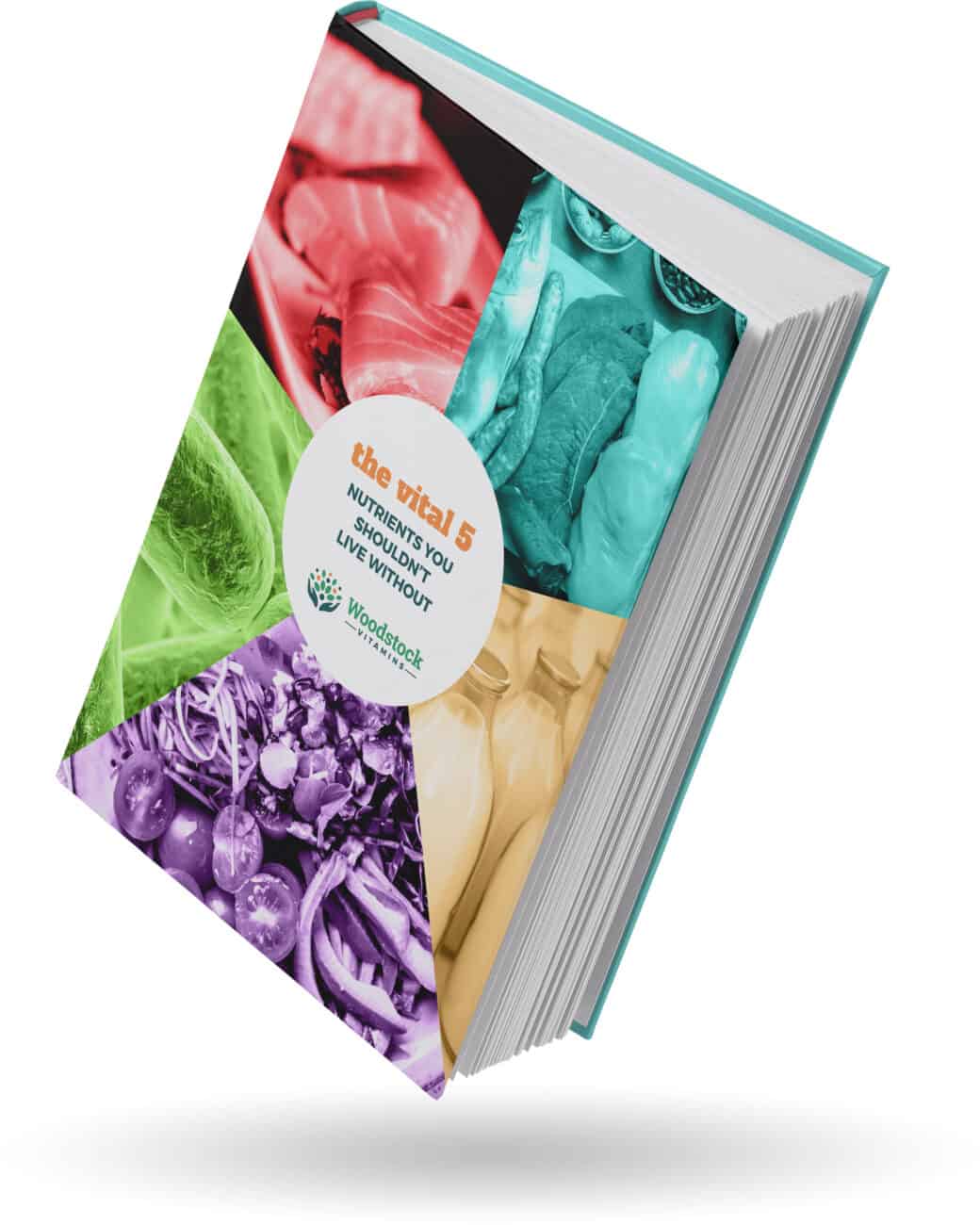In 2016, the FDA made changes to the regulations for the labels on foods and supplements. The goal was to simplify and standardize some of the more ambiguous labelling going on.
This impacts consumers because we’re changing how a some ingredients are represented and as a result, their labels will look different.
Trying to make sense of this as a consumer is rough! You know governments, lots of TLAs (three letter acronyms). Here’s a sample of acronyms and initialisms used when discussing how much of a nutrient to take, all of which are mentioned in their guidance that I’m writing about today:
- RDI
- DFE
- EAR
- RDA
- AI
- UL
- WTF
- FNB
- IOM
- NMA
Did you catch that one? If not, you should know by now my articles are filled with gold and should check that list again 🙂
More bureaucracy? A bit. Big government controlling the little guy? No. There’s good reason for this. Who the heck even knows what an “International Unit” is really telling us I’ve found a really bright silver lining to this slightly confusing adjustment period: we’re taking too much of many supplements and we don’t even know it.
Do you like math? ‘Cause I’ve got math today. If not, just skip the numbers and read the words.
Let’s get this party started, using folic acid as the main example of why this change is good.
Folic Acid and Dietary Folate Equivalents (DFEs)
If you recall from our shouldn’t-really-be-controversial-because-people-are-misleading-you article about MTHFR and the quackery surrounding it, when we say ‘folic acid’ we could be talking about many different compounds.
With folic acid, there are 3 broad types:
- Folate, the naturally occuring compound in foods
- Folic acid, the synthetic form of folate used to fortify foods or in supplements
- MTHF or synthetic folate, the man-made form that matches natural or more active forms of folate. These are also the ones the charlatans are trying to overcharge you for because of their newest boogeyman, MTHFR.
“When you buy a supplement, which one are you getting? Does it even matter?” Sometimes it’s hard to tell, and yes.
In an attempt to simplify this, on of the TLAs, the NAM – formerly the IOM – created “dietary folate equivalents.” What this means is we will relate everything back to folate found in food, at least from a dosing standpoint.
The thing is, folate in food has worse absorption than synthetic folic acid and synthetic folate. Only about half the food folate you eat gets absorbed, while as much as 85% of synthetic stuff gets absorbed.
The result is that for every 1 mg of folic acid someone supplements with, they’re getting 1.7 mg of food folate.
This 1.7 number is important for vitamin nerds, and it is something you should be loosely aware of.
Here’s an important question we all should ponder: When it is recommended that you take 400mcg of “folate” or “folic acid”, what is that referring to? The weight of the compound itself (400mcg), or dietary folate equivalents (680mcg)?
If you look closely at the recommendations (published below as a reminder), you’ll notice that the recommended doses are based on DFE, not weight of folic acid.

Therefore, most people who are using folic acid supplements are currently getting WAY MORE than the recommended DFEs.
The labelling, moving forward, will look a lot like this:

Or this:

The Folate will be the predominant label, the strength will be listed in DFEs, and the source and sometimes the amount of folate will be listed in parentheses.
For the next few months, continue as you are. Trying to adjust these doses will be complicated, and there’s no urgent need to reduce your dose. If you’re itching to (just in case), you can just cut your dose in half – either splitting a tablet or taking a capsule every other day.
Vitamin D Is No Longer International
That’s right, we’ve stripped away Vitamin D’s passport and we’ll no longer be referring to it as a sexy, mysterious, global traveller. The international unit (I.U.) will be disappearing in favor of the more boring, but stable and dependable with a decent office career, micrograms.
Here is how different doses you are familiar with will be expressed in the future:

The new regulations allow for a voluntary declaration of the strength in units, so you may see this:

The FDA regards Vitamin D2 and Vitamin D3 as equal. That means 1000 units – I mean 25 mcg – of Vitamin D2 is equal to 25 mcg of Vitamin D3.
As we’ve covered in our Vitamin D article, we still believe Vitamin D3 is better than D2. There are lots of reasons, but it has to do with how your body handles D3. Vitamin D3 will keep your blood levels up for longer in between doses than Vitamin D2 will. On top of this, Vitamin D3 is often cheaper and easier to find.
Niacin Label Changes and a Pearl
Niacin, a B Vitamin found in foods such as almonds, has an impact on cholesterol markers. It’s a common supplement, either by itself or included in B-Complexes and Multivitamins.
If you’ve used niacin, you may be familiar with the flushing that happens. That’s not a diarrhea joke. But now it is. The blood vessels in your face dilate, causing redness and warmth so you look like Jolly Saint Nick.
There are a number of strategies to reduce this, like taking an aspirin an hour before you use niacin, or taking your niacin at night, or even using special controlled-release forms of it.
I say all that to say this: other stuff can make you flush, and that’s because our body converts it to niacin. Bet you didn’t know that!
In particular, tryptophan, an amino acid, is converted by the liver into niacin. Roughly 60mg of tryptophan converts to 1mg of niacin.
Is that why you feel all hot and bothered after Thanksgiving dinner? Or is it the 5000 calories? Maybe it’s because Detroit didn’t cover the spread. Who knows.
The FDA now is looking for niacin equivalents, which adds up any tryptophan into the total niacin content of a food or supplement. For example, a food with 50mg of niacin and 300mg of tryptophan will be labelled as 55mg of niacin equivalents.
This won’t be a problem for supplements unless the product contains both tryptophan AND niacin. That’s rare. Tryptophan supplements will NOT be labelled in niacin equivalents.
Then why did I tell you? It’s interesting and I geek out on this stuff.
Vitamin A and E – A Bigger Mess
I’m going to say this twice: I don’t recommend people supplement with isolate Vitamin A or Vitamin E because there is enough evidence to show they are dangerous. Vitamin A can increase lung cancer rates (especially in smokers) while Vitamin E increases stroke risk, among other things.
Some people still insist on them, but I’ll recommend limiting doses down to the RDA amounts (more on this below). Sometimes we’ll get these supplements as a part of a multivitamin or an eye supplement, etc.
The labelling is changing for these two and explaining it will result in many people’s eyes glossing over or falling asleep. This is the quick version.
Just as folate and Vitamin D represent a large group of compounds, so do Vitamin A and E.
Vitamin A and the RAE
First, Vitamin A was expressed in International Units, which was based on a basic activity level of retinol (Vitamin A found in Animals) and beta-carotene (Vitamin A found in plants).
Retinol from animal foods (fish, milk, meat, liver) is the active component of Vitamin A. It’s the one that matters.
Almost all Vitamin A compounds from plants or otherwise need to be converted by the body into retinol. On top of that, all Vitamin A will have different absorption levels depending on if it is coming from the food or supplements – just like with folate.
The new method for expressing Vitamin A is to simplify it all down to active retinol, like what’s found in animal foods. This will be expressed as RAE, or retinol-activity equivalent.
As I said, it’s complicated, but here’s the FDA’s conversion table for posterity:

This is me the first 3 times reading this section of the guidance:



Our labels have been updated on our two Vitamin A supplements:
- Beta Carotene 25,000 IU is now 7500 mcg RAE
- Vitamin A 10,000 IU is now 3000 mcg RAE
The Vitamin E Brief, Briefly
Making this make sense is a bit of a challenge. With this, we’re working backward from what’s in humans out to foods and supplements. Here we go…
Vitamin E has lots of different forms (to say the least). In humans, alpha-tocopherol is the only form maintained in the blood and that has actual biological activity. We care about alpha-tocopherol.
There are 8 different “versions” of alpha-tocopherol. Only one of those exist naturally in food and the others are synthetic. We’re converting everything down to the one form found in food that we also utilize in our body.
In the end, 400 IU of Vitamin E will be labelled as 180 mg. This happens to be 12x the RDA for Vitamin E established in 2016…
In the end, Vitamin A and E changes don’t matter because you shouldn’t use isolates of A or E, but instead eat foods that are rich in them like carrots, dairy, wheat germ, nuts and seeds.
Standardization and Simplicity Isn’t Silliness
These changes ARE for the better. We need to have a simpler way to discuss each of these groups of micronutrients without confusing people. We need to have a standardized measurement of them so recommendations can be consistent.
Most importantly, we have to ensure we’re not overdoing our micronutrients.
Here’s a review, because it got wild up there for a minute:
- Folate – all products will say “Folate” and converted to DFE. You’ll be taking less, which is good!
- Vitamin D – no longer will IU be listed, but instead micrograms.
- Niacin – nothing big on the supplement front, but tryptophan is converted to niacin and that’s neat.
- Vitamin A – you’ll see “mcg RAE,” or retinol activity equivalents
- Vitamin E – now will be in mg and based on the activity of the most important type of Vitamin E, alpha tocopherol
Expect to see these changes anywhere between now and Late 2019.
Now that this is taken care of, can we just switch America over to the metric system and be done with it?
Just trying to keep it real…

Neal Smoller, PharmD
Owner, Pharmacist, Big Mouth



